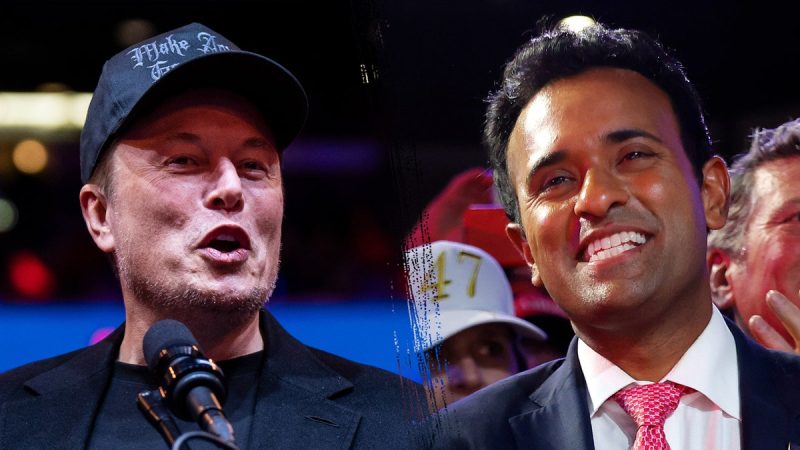 If President Trump is intent on changing the direction of the Federal Reserve’s policymakers, the most straightforward method within his power would be nomination and appointment of new members when current members’ terms expire.
If President Trump is intent on changing the direction of the Federal Reserve’s policymakers, the most straightforward method within his power would be nomination and appointment of new members when current members’ terms expire.
However, this method is both time-consuming and exposes proposed candidates to Senate confirmation processes, which are not always predictable. The president can propose likeminded individuals for vacancies, but there’s no guarantee that such individuals will pass through Senate confirmation. Moreover, consensus is often sought in Federal Reserve decisions, and therefore a single new member may not have enough influence to immediately change policy direction.
It’s also important to note that the role of the Fed is meant to be politically independent in order to maintain the long-term economic health of the country. Efforts to subvert this can lead to backlash or other unforeseen complications.
To put it succinctly, while the president does have the power to influence the Federal Reserve through appointments, it’s not a fast or certain process. The Federal Reserve’s mandate to be politically independent safeguards it from immediate shifts in policy based on political winds. This independence is crucial for formulating monetary policies that are good for the country in the long run.





